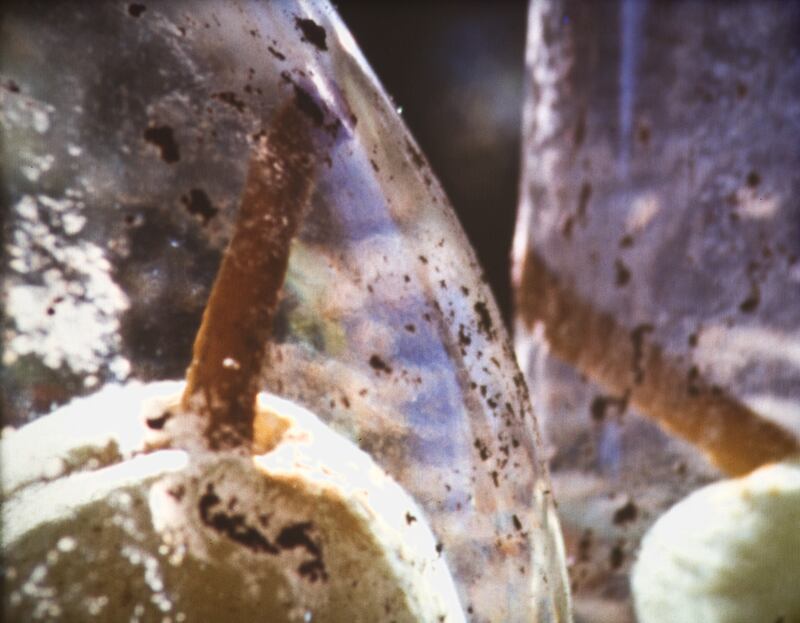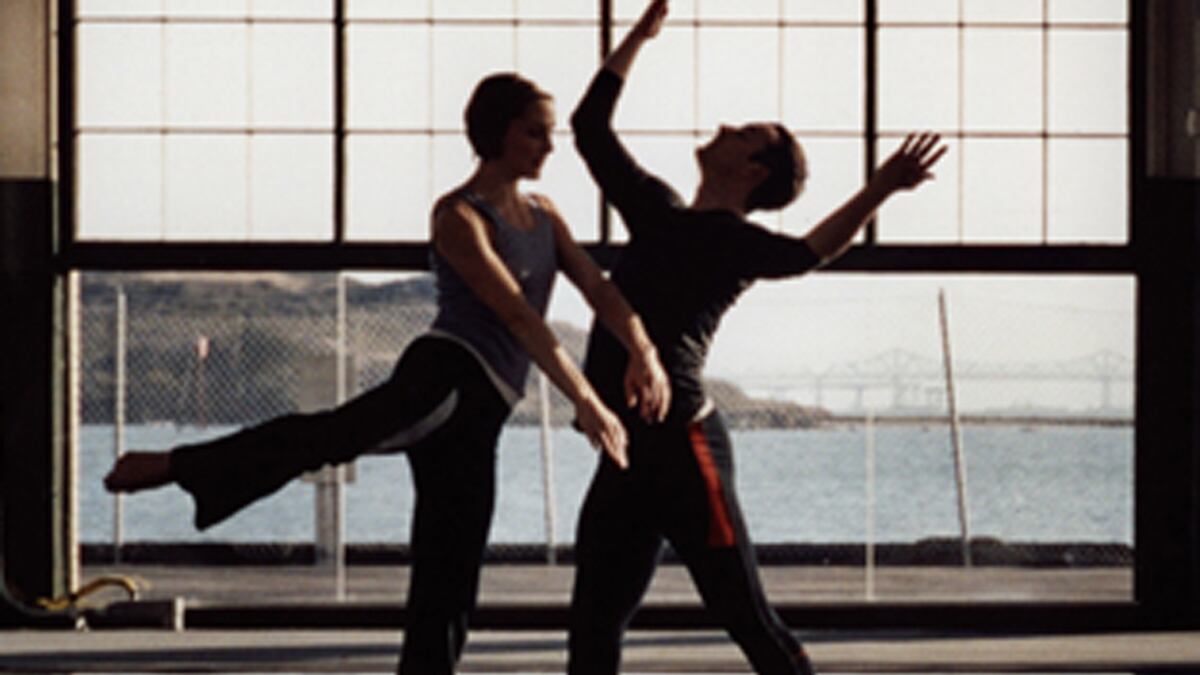Tacita Dean doesn’t go much to movies. “Hollywood bores me,” she says. That comes as a surprise, since Dean has used old-fashioned film stock to make some of our era's best art. Dean has been featured in prestigious venues such as the Guggenheim Museum in New York and the Musee d’art moderne in Paris, and her first American retrospective is currently in planning at the Smithsonian’s Hirshhorn Museum. But wherever you catch her work you’re in close quarters with a vintage movie projector, whirring as its images unspool on the wall.
Film may be Dean's medium, but she uses it more to paint pictures than to tell stories. Celluloid is to Dean what oil paint is to Titian or etching to Whistler.
She makes landscapes with it. Banewl, from 1999, is an amazing 63-minute contemplation of a solar eclipse, as watched among cows on the bluffs of Cornwall. “Fernsehturm,” (German for “TV Tower”) reveals the passing scene at a revolving restaurant high above Berlin, where Dean lives, and yields insights into the fall of the wall and the urban sublime.
Dean has also done interiors. A recent piece—one of a series about dead or aging artists—lovingly surveys a gallery of sculptures by Joseph Beuys by showing only the empty walls of the rooms they’re displayed in. That’s typical of Dean’s crabwise approach—her films examine a subject without simply revealing it. Her films aren’t narrative, but they aren’t documentary, either, in any normal sense. “They’re not that informative; they’re more observational, about depiction,” she says.
More than any artist I know, Dean achieves what I call the Cézanne Effect: the ability to take a seemingly straightforward look at the world and make it have unending depth.
As with Cézanne, Dean’s excellence can seem beyond words.

Dean was born in 1965, into the middle class in the tidy British county of Kent. “Art was an escape from how I was raised,” she says, explaining how she fled to art school in Cornwall “to be very far away from Kent”—both literally and culturally.One fact of Dean's biography may be a red herring in explaining her art: her grandfather was one of the founders of Ealing film studios, though Dean says that was barely relevant to her upbringing.Another detail may be significant, but more delicate--Dean has long suffered from almost disabling arthritis. She says her first significant attack coincided with her first opening; she has already had one knee joint replaced. Dean doesn't want to be known as an artist of illness ("It's like Roosevelt and his wheelchair"), but acknowledges that the stately tone of her work could be linked to her health. "I plod through the world slightly slower than everyone else…I dally longer, because I can’t move so fast.”






